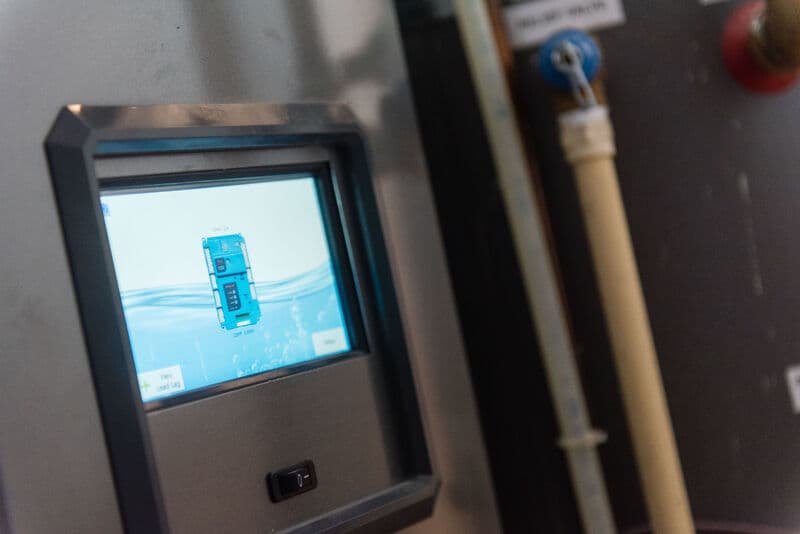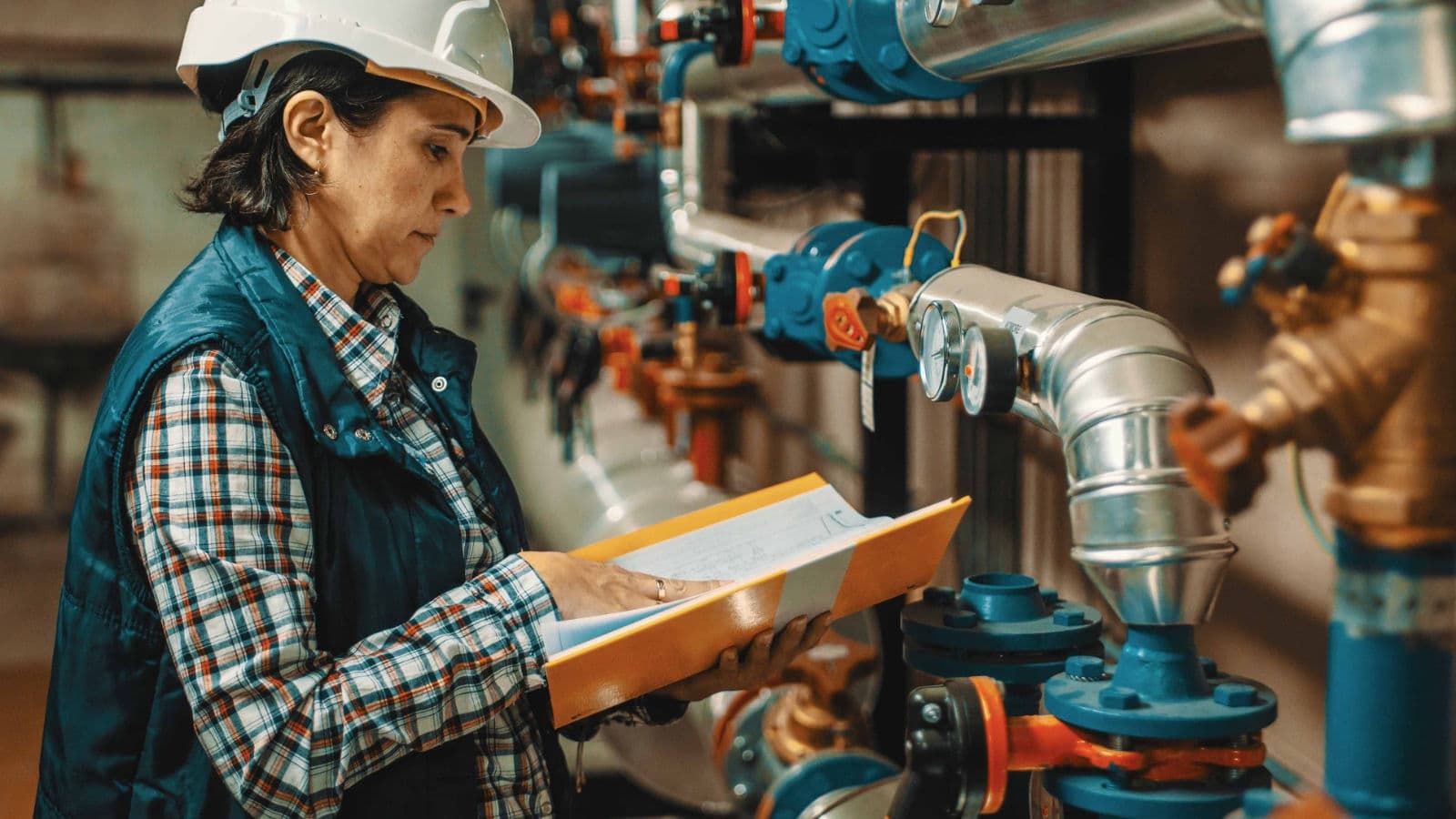A Safer British Columbia
Annual State of Safety 2024
Top 5 Safety Risks in 2024
Each year, we measure the data we receive through incident and hazard reports to compile our risk register, which analyzes and ranks the top safety risks we encountered across the province. These risks have been identified by collecting, assessing, and rating incident investigation data. When ranking the top five safety risks, we analyze the likelihood of an incident taking place, as well as the severity of consequences such as injury or damage.
This work helps us identify areas where risk treatment is needed and develop strategies to influence better outcomes, whether it’s through regulation, communications, education, enforcement, partnering with another organization, or all of the above.
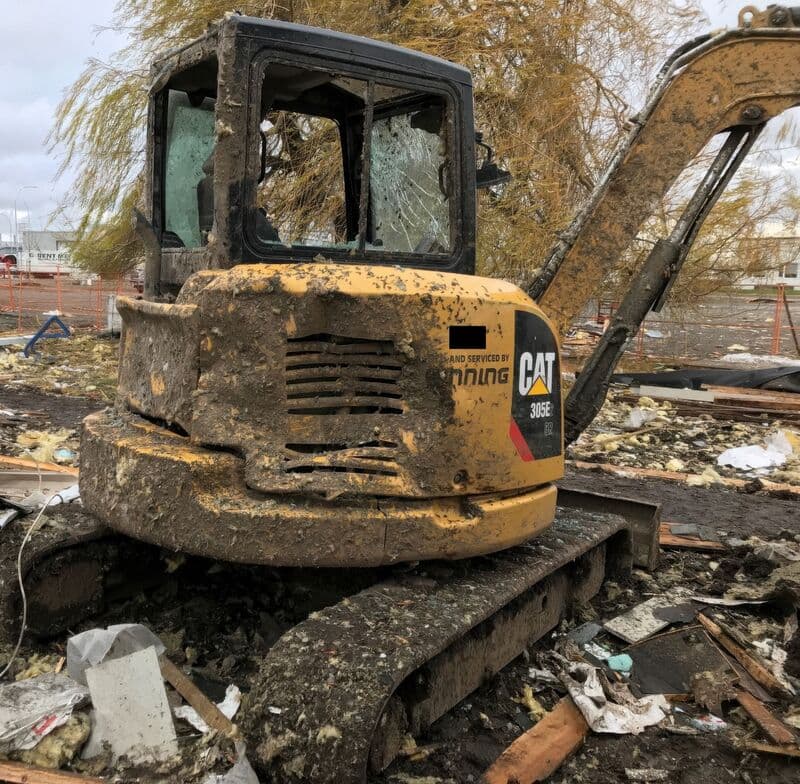
Gas Line Strikes: Understanding the Risks
Damaging a gas line can cause a loss of gas service to your community, fire, explosions, property damage or destruction, or serious injury. Despite these risks, many British Columbians are unaware of the potential danger involved in breaking ground before doing their research.
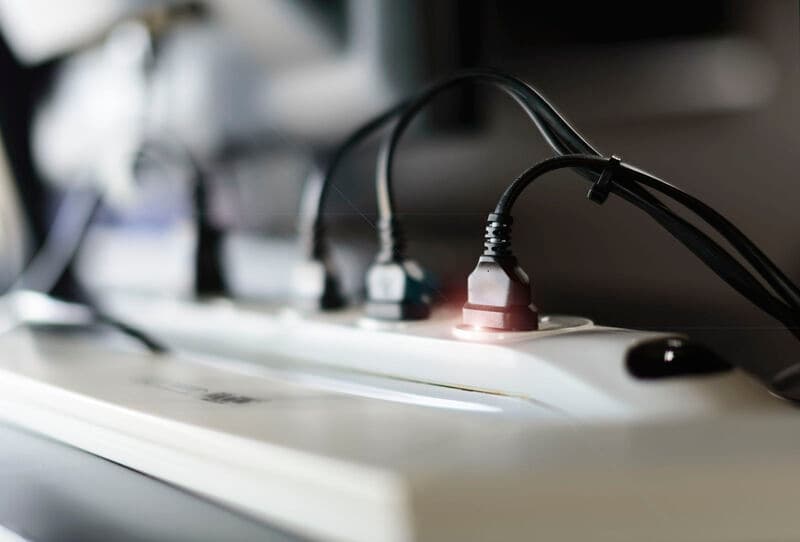
Electrical Fire: A Common Hazard in BC
Electrical hazards often arise from seemingly harmless shortcuts, like relying on extension cords for long-term or permanent wiring, using uncertified electrical devices, running cords under rugs or through windows, or connecting power bars together. These practices increase the risk of electrical fires, like in the incidents we investigated.
Electrical Shock: A Risk for Contractors and the Public
Electrical workers across BC routinely take steps to keep their job sites safe and minimize the risk of electrical shock. But in cases when safety precautions are skipped, forgotten, or neglected, the chances of an electrical shock increase drastically. Electrical shock can cause serious injury, and even death.
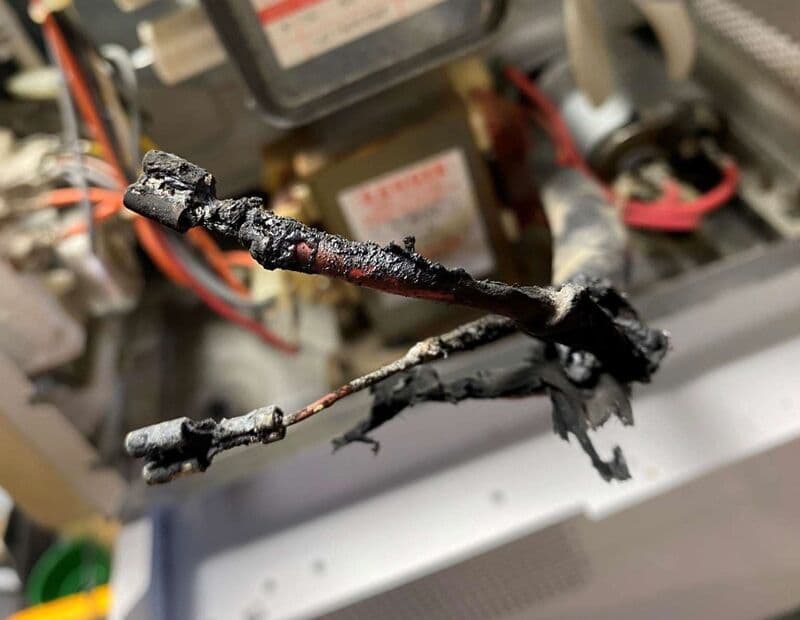
You Might Be Interested In
Building Confidence
Learn about our risks in focus. See how we’re improving the client experience and enforcing against those who work outside of the safety system.
Learn MoreSafety Engagement
We provide technical training and education to support our partners. We also work to influence people in the safety system to make safety-minded decisions.
Learn MoreData and Trends
Find key statistics on permits, incidents, injuries, assessments, and more.
Learn More